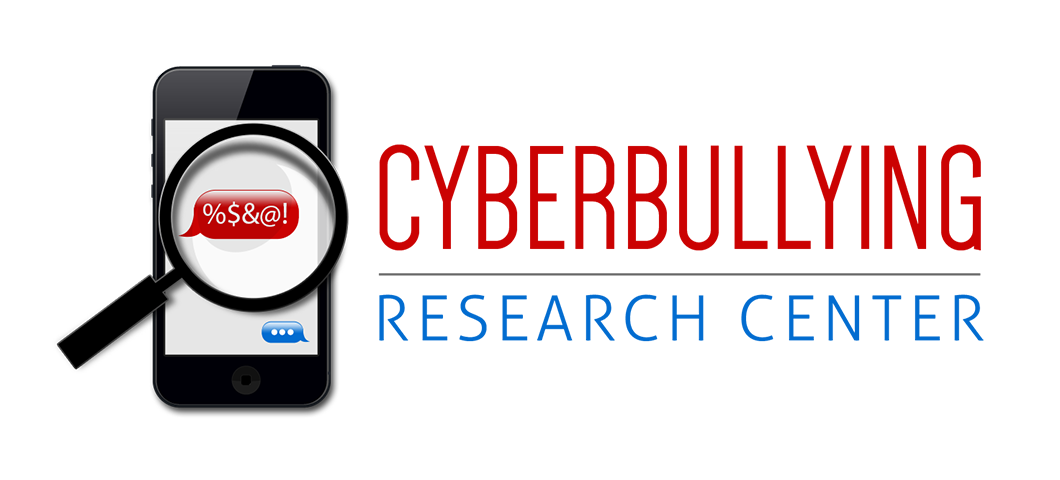
Educators and parents are often interested in learning about digital evidence and its collection. Many times, they (or the youth they care for) help with collecting evidence to depict cyberbullying instances by taking screenshots (see our instructional guide here) or using freeware or commercial software to record chat logs, instant messaging conversations, emails, and social networking site interactions. A question frequently arises related to cell phones, text messages, and picture/video messages and content. How easy is it to obtain access to cyberbullying evidence in these forms and from these devices or the routers and servers through which cell phone data is transmitted?
Well, the best case scenario is to obtain the content from the victim’s phone or the offender’s phone. However, they may have already deleted it from their personal devices. If the content may be evidence of a criminal offense, law enforcement can conduct a digital forensic examination and pull the content off of the internal flash memory of the phone or on the SIM card unless it has been overwritten by new data. You may have to move past your local police and contact the state or county police in these instances, as only larger departments seem to have the technical expertise and resources to assist in this manner.
The second-best case scenario is to obtain the digital evidence from bystanders – from other students at school (or peers in the community) who may be “in the know.” Typically, other youth hear about the bullying or harassment or mistreatment somehow. Maybe the aggressor has proudly shared what she did with her friends. Maybe the victim forwarded the content to his buddy to ask him for advice on what to do. Maybe the evidence is being circulated and posted far and wide. Adults should put on their invesigative hat and ask around. Usually, the evidence will surface.
The last-stab scenario is to try to obtain the content from cell phone service providers. Unfortunately, most do not retain text messages nor photo or video content shared via the devices. Here is what we know:
Verizon | AT&T | Sprint / T-Mobile | Alltel | Virgin Mobile | |
| Call logs | 1 Year | 5-7 Years | 2+ Years | 90 Days – 7 Years | 2 Years |
| Text Messages | 3-5 Days | Not Retained | Not Retained | 7 Days | 60-90 Days |
| Text Details | 1 Year | 5-7 Years | 2 Years | 7 – 730 Days* | 2 Years |
By text details, we mean the date, time, and sender/receiver phone numbers of the text messages. No provider seems to store any picture or video content sent or received between cell phones.With regard to text messages being stored, they are only stored for the specified amount of time immediately following their transmission.
If you have any additions/corrections, please let us know so that our information is up-to-date. We look forward to continuing this dialogue on digital evidence issues in the future.








my peer has been cyber bulled by her friend she mite go 2 court and press charges 4 200$
Usually obtaining cyberbullying evidence in the school system is not that difficult. Students usually find out who is being cyberbullyed and talk about it during the school day. In smaller schools the word travels fast, and students can be caught and the situation can be handled. I thought the data presented above was very useful information for anybody to know. You can never stop learning.
I think cyberbullying via cell phones is becoming all too common. I teach 5th grade and have had students involved in this. We confiscated the phones, called the parents to conference and banned the usage of cell phones in the elementary school classroom and on the playground. The information you provided on your blog was interesting; I never knew how difficult it would be to obtain the evidence from cell phone companies/law enforcement. On television shows it seems so easy! I agree with Packers that ususally at school the students are bragging about what they've done and so it is fairly easy to obtain the evidence. However, as they grow older, they'll learn from experience how not to get caught, and that alarms me. Technology is great, but in the hands of children it can be destructive.
I find this blog very interesting. I do see that cyber-bullying is a problem and that people are exposed to this more and more. However, after reading this blog I wonder where do we draw the line. I feel that when I send a test message it is private between me and the person I am sending it to. I do not want the cell phone company keeping records of the actual messages themselves. Wouldn't that be the same as them recording all the phone messages and keeping them stored also. It is not the cell phones companies job to keep those types of records. I feel that if you are a victim of cyber bullying it is your job to save messages and keep all the records that you might need. The other thing I find myself wondering is how much of this would be allowed in court? For example, if i record a phone conversation and i do not let the person on the other end know they are being recorded than it cannot always be used in court. Are there any rules or considerations like that when you are bringing test messages, social networking, etc. into court.?
I made the comment that a text message is private between the sender and the receiver. This is in an ideal world…..in real life the receiver can and might show that message to whoever they want which is why anytime you are testing someone you shoud be sure to know the person your are testing.